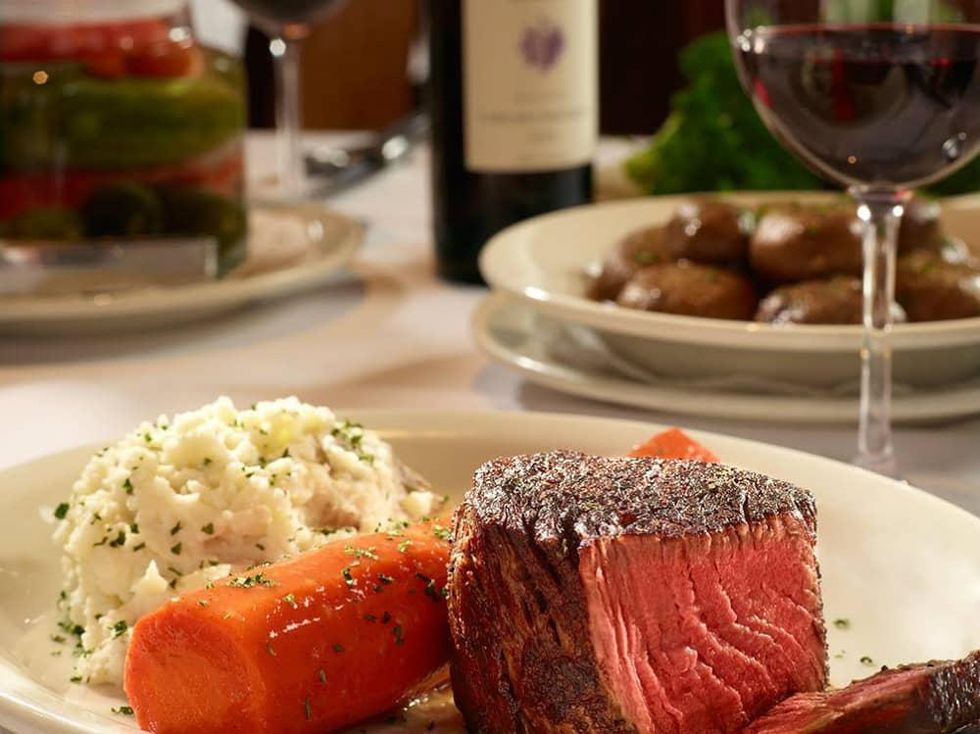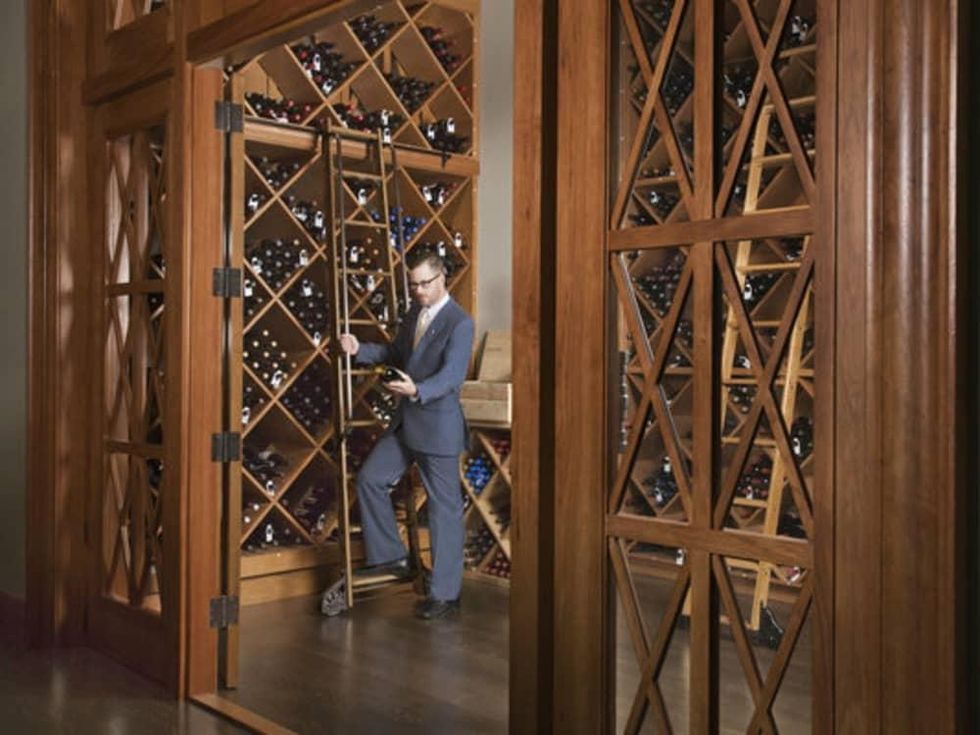Wine 101
One of Dallas’ top sommeliers reveals the best wines to pair with steak
When it comes to wine, it doesn't matter if you're a vino beginner or a grape enthusiast; everyone should know how to order the best wine for their meal. There are certain wines that pair best with certain foods, and you can't just rely on the commonly held belief that "red goes with beef and white goes with fish."
At Bob's Steak & Chop House, you're already investing in an excellent steak (or lobster tail, fresh fish filet, roasted duck, or pork chop). Once you've decided exactly what you're craving and precisely how you want it cooked (need a primer? This will help.), you should order a drink that brings out the full flavor potential of your meal.
Bob's sommelier Curtis Dyer, CSW (that stands for Certified Specialist of Wine) shares his wisdom about which wines you should order and why.
Consider the cut
Filet is a leaner and more tender cut of meat — flavor usually comes from fat — so choose a wine that will balance that.
"Most importantly, you don't want to overwhelm the steak," says Dyer. "An aged Bordeaux from early 1990s, a Burgundy, or an Oregon Pinot — coming from a cooler climate, it's earthier, with more minerality, and not too sweet or jammy — all play well with the filets."
The most flavorful steak cut is the ribeye, so Dyer says "the sky's the limit" with that order.
"Big, bold, fruit-driven Cabernets, especially American Cabs, are perfect," he says. "They have a good tannic structure (that dryness you can feel in your mouth) that will cut through the fat. Cabernets are higher in acid and plays off protein well."
Which cut presents the biggest challenge? Porterhouse, which is essentially two cuts of beef (a filet and a New York strip) in one order. Shoot for a wine that won't overpower the steak yet isn't too weak. A Claret is the ideal choice, since it has the power of a Cabernet but is blended with other grapes to soften and balance its overall delivery.
Don't forget about sauces and toppings
Did you opt for a rich, cream-based sauce? Were peppercorns a prominent ingredient? Did you order your steak "a la Oscar," with crab, asparagus, and hollandaise sauce? These are all common additions to a filet, but each will radically change its flavor profile, so adjust accordingly.
"If you have a creamy sauce, you can go with a much bigger wine," says Dyer.
What's one to avoid in this situation? Chardonnay. Yes, you can order white wine with steak — Dyer recommends dry Riesling for its acidic structure and lower alcohol content, as well as Champagne and sparkling wine at the start of the meal — but Chardonnay's creaminess can become overwhelming and ultimately get lost with the texture of the steak.
Young wines vs. older wines
There's always a temptation to order an older wine, the assumption being that age automatically equals quality. While Bob's does indeed stock an impressive variety of wines, spanning ages, locations, and styles, you'll want to remember that the glass you're sipping should complement, not compete with, your meal.
"The majority of wine drinkers drink younger wines," explains Dyer. "California wines are designed to be consumed almost immediately, but can also benefit from decanting if there's a desire. Bordeaux wines need to age and then decant for 8-10 hours to bring out the different aromatic qualities and flavors. The major difference in Old World and new wines is the fruit structure — Old World wines tend to be more complex, and you need to make sure your steak can handle that."
Ultimately, Dyer subscribes to the notion that everyone should order what they like most.
"It is okay to drink what you like and eat what you like," he says. "There just might be better pairings you aren't aware of yet."
And if you prefer beer to wine? There's a method to pairing suds with steak as well.
"Stick with light, crisp, clean beers," advises Dyer. "IPAs, with their hoppiness and pine undertones but slightly higher alcohol content, and lagers or pilsners are best. We feature lots of local breweries at Bob's."




